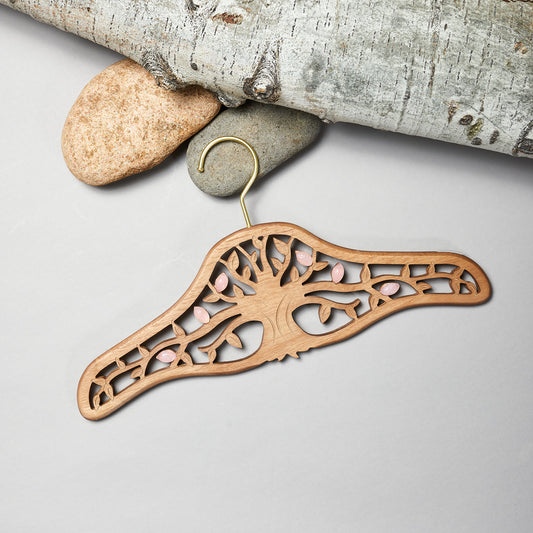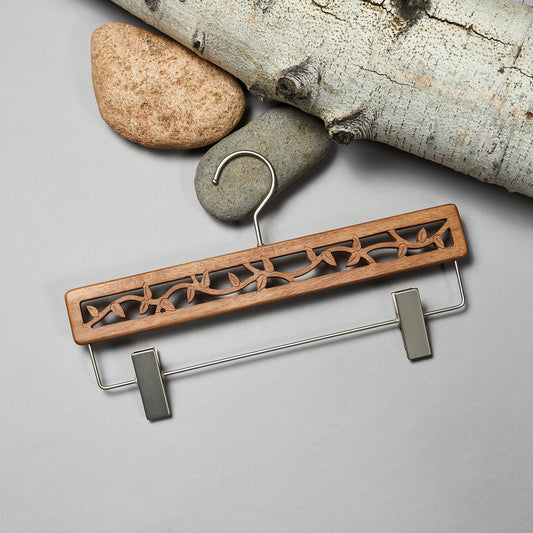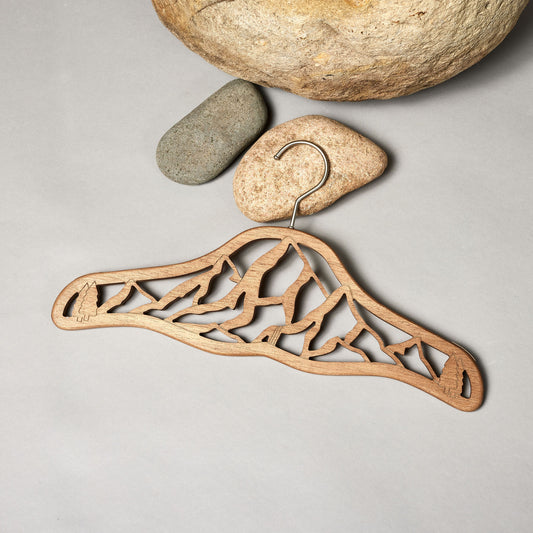Whether it’s a designer dress or a vintage piece from your grandmother, properly storing your treasured pieces is critical to ensure they last for many years to come. It would be such a shame to have anything happen to your clothing that might damage it or decrease its quality and condition over time. Below are a few tips for the best places and techniques to store your investment pieces
- Clean thoroughly before storing. Most of these items will require dry cleaning or hand washing. Ensure you remove any debris and address any stains prior to storing.
- Use the right hanger. The hanger is the primary mechanism by which the clothes are stored and unfortunately they are often overlooked. A cheap, poorly shaped or incorrectly sized hanger will do far more to damage your clothes than light or pests might. So be sure to pick a hanger with the right size and shape to allow your pieces to drape on them long term without suffering damage. Oftentimes these more expensive pieces are on the heavier side, so be sure to pick a robust hanger and steer clear of wire or plastic. Wood hangers tend to be the strongest and most durable.
- Protect against moths and pests. Ideally you would place some cedar pieces or satchels of lavender in your closet to ensure that you repel moths and other pests. Otherwise you might end up with some unwanted holes which would destroy the piece.
- Avoid direct sunlight. Most fabrics will fade in the presence of sunlight. So ensure you cover your pieces with a garment bag or store them away from direct light to ensure the color stays true.
- Consider using a garment bag. A garment bag is a great way to store cherished clothes. It will prevent any dust from settling on them, ensure they don’t encounter direct sunlight or too much overhead light and they can help keep pests away. Always ensure you place lavender or cedar inside the bag as well.
- Store in a temperature controlled environment. Ideally you would keep these expensive items in your home closet. But if you’re tight on space, you may have storage areas in your garage or a warehouse. Be sure that it is temperature controlled. If it is too humid your items may get mildewy, and if the temperature fluctuates too much from hot to cold you may damage the fibers of the item.
- Check on your pieces regularly. It's always a good idea to check on your items regularly. You’ll notice right away if something unwanted is happening to your piece like pest, coloration or stretching damage. You’ll hopefully be able to address before it becomes an unfixable issue.
Each item may have special instructions or requirements, but these 6 steps will hopefully help ensure the longevity of your investments.
Happy Hanging
Love,
Chelsea




